Planning and rollout of a "private cloud"
Following the merger of two service providers, the IT landscape had to be revised and adapted to the new circumstances.
Three different approaches were developed, from which our customer decided in favour of a “private cloud environment”. As part of this extensive project, the new cloud platform was designed, the necessary governance and security regulations were taken into account and then made available to over 1000 branches.
esc’s experienced migration and rollout management team will take on this task. The complex specifications of the strategy, the extensive data security requirements and the full range of BaFin regulations were incorporated into the elaborate rollout plan. The individual branches were converted in series. “We planned the changeover over 25 weekends per year. Which we were able to optimise over the course of the project,” says the esc series coordinator.
Our team of five solved the known and additional challenges of the project within the specified time and thus ensured the project’s success!
Over 250 people were involved in the private cloud project, which ran from mid-2016 to the end of 2019, totalling 15,500 person-days.
Improved collaboration with Skype4Business
The existing 7000-port telecommunications infrastructure of an insurance and financial services group was replaced by a modern unified communication platform.
The new system can also be accessed by all employees in the field, meaning that around 12,000 participants are now active. To achieve this goal, esc held workshops with the stakeholders to determine the requirements for the future communication infrastructure. These requirements served as the basis for the neutral product selection – Skype for Business from Microsoft. As the project progressed, the architecture of the new solution was designed and esc was responsible for the technical introduction, the accompanying training measures and the entire rollout. Following the successful rollout, it was time to coordinate the dismantling of the old telecommunications system.
The planning was planned and successfully implemented in close consultation with works council committees, training departments, technical units and managers. The changeover involved almost 700 organisational units, 6500 office staff, 4500 field staff and 800 technical connections.
Service Desk: Transition and operation
The existing service desk, which handles a total of around 240,000 calls per year, was to be modernised.
The focus was on these three requirements:
- Reduce costs per ticket
- Increase availability
- Increase user satisfaction
The esc Service Desk concept impressed the customer across the board. In addition to the focus requirements, we also took into account relevant topics such as
- Planning the service transition
- Development of a knowledge database
- Innovations such as AI or service automation
The discussions revealed that the service transition from in-house operation was one of the biggest challenges. Service quality had to be maintained throughout the entire transition and be invisible to users. It was only after the transition of the actual services that issues such as improved availability times and service innovations were added. This approach enabled us to achieve the esc double benefit: Increasing user satisfaction and reducing ticket costs.
RZ-Transition
The aim of the project is to transfer responsibility for the services for the applications used by a vehicle and mechanical engineering group from the existing supplier to the new service partner.
In the course of the project, the applications were moved to the new data centre locations and a dedicated service centre was implemented for the customer in Berlin and Prague. Careful analysis during the transition project made it possible to achieve noticeable and sustainable improvements to the IT infrastructure. With the standardised cut-over management, the operational transition was carried out effectively and in line with the wave planning in the planned time and quality. The overall project is divided into 6 sub-projects, the project start was in June 2016, the project end was in June 2018, over 150 people were involved in the project and it had a total volume of 60,000 person days.
Data Center Relocation
The data centre relocation project ensured a smooth change of provider/location of the data centre for the support of partner brands of a telecommunications company.
esc took over the project management of the 4 sub-projects:
- Infrastructure set-up
- Data centre migration
- Transition-to-production and test management
- Programme management with a direct report to the management board.
The project was carried out in accordance with PMI standards.
The tasks included taking into account the existing commercial use of the professional services, including the contractually agreed SLA with the contractual partners, as well as setting up the complete infrastructure in the new data centre. The focus here was on IT capacity management and analysing the required infrastructure at the new location.
The cut-over planning, taking frozen zones into account, ensured a smooth and loss-free DB transfer as well as a carefully quantified hypercare phase to stabilise operations after the go-live. When defining the new service concept based on ITIL V3, we took over the migration planning of the existing partner interfaces to the new data centre.
BackUp data centre
In the BackUp data centre project, esc was responsible for providing a second data centre to ensure the availability of IT services.
Specifically, the project consisted of the following subtasks:
- Provision and equipping of the data centre space
- Expansion and coupling of the network infrastructure
- Relocation of the systems and dismantling of the old data centre
The project was planned for the period from May 2017 to December 2018 and was successfully implemented during this time. In total, around 30 people were involved with around 7,000 calculated PTs.
Microsoft SharePoint Introduction
The advantages of networked collaboration have been obvious since before March 2020. With SharePoint, Microsoft has an innovative collaboration solution that also offers our customer a wide range of benefits.
The main objectives were the structuring and centralised storage of all data used in the company (content management), the significant improvement in collaboration (e.g. between field and office staff) and the improvement in transparency.
Along with the large number of existing systems and interfaces, the complexity of the project also increases during the implementation phase. With our experienced PMO, which reports directly to the product owner, we ensured a rapid introduction.
Before an organisation-wide rollout, which affects two main locations and a total of 14,000 employees, two things are crucial in addition to the process adjustments:
Governance
Training end users and site managers
Our PMO provides support with the definition and application of governance, the roles and rights concept and the comprehensive training concept. For example, a consensus had to be reached between the Management Board, data protection officer and staff council on how to handle data that is particularly worthy of protection and this had to be documented in the form of work instructions for the various user groups.
The training concept, which was based on face-to-face training and knowledge ambassadors, was completely reorganised in a short space of time to meet the new requirements imposed by the contact restrictions. Video training courses are offered and tracked via the internal University platform, while a SharePoint help desk is set up in parallel. Only then will the originally planned training concept be implemented in a reduced form.
Once again: complex IT projects solved innovatively and smartly











